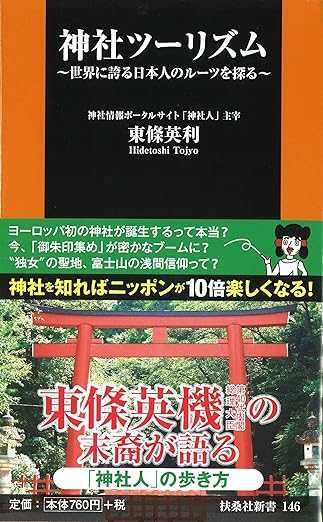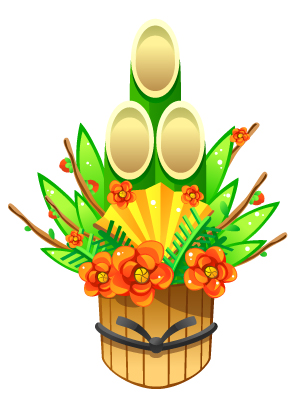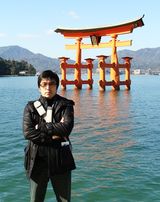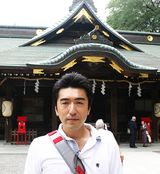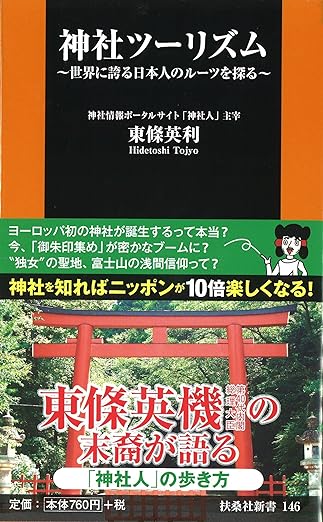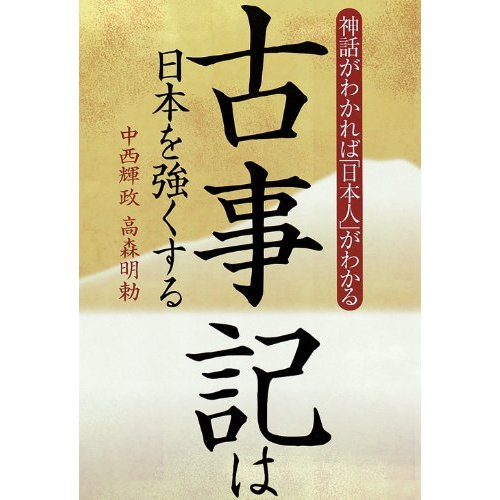"The Pink Book for Fulfilling the Whims of Adult Women"
- 2024/01/10 22:38

"The Pink Book for Fulfilling the Whims of Adult Women"
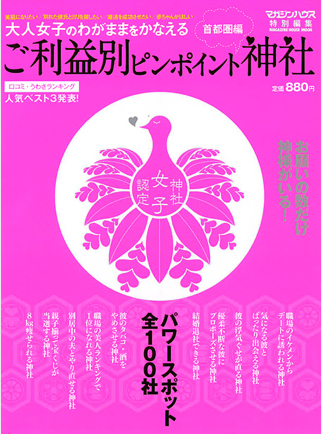
Supervision: Mr. Tojo | Published by: Magazine House
"We live in Tokyo, and do you have any idea how many shrines are here? The database of shrines in Tokyo, managed by 'Jinjajin,' which I plan and operate, is complete, totaling around 2,317 shrines. Even within the 23 wards, there are approximately 1,309 shrines, surprisingly more than you might think. However, many people aren't aware of this, right? So, on September 13th, a shrine guidebook I supervised was released by Magazine House. Its title is 'Shrines for Fulfilling the Whims of Adult Women' (laughs), with a flashy pink cover.
This time, focusing on the Tokyo metropolitan area, we featured around 100 shrines from Tokyo and surrounding areas. Interestingly, there are surprisingly few shrine guidebooks that cover this many shrines. Despite the recent trend of Power Spot's popularity contributing to more shrine-related magazines and books, many of them feature well-known shrines, sometimes even including temples. So, there aren't many guidebooks that exclusively cover individual shrines. However, as I mentioned earlier, there are quite a number of shrines even within Tokyo alone. Of course, many of them are small with just a shrine building, but still, there are numerous shrines scattered throughout Japan. That's why I wanted to expose as many people as possible to a greater variety of shrines. Thus, I joined the planning of this book with that goal in mind.
Talking about the blessings one can receive at shrines, even from just this perspective, there are reasons behind each of those claims. Although the setup this time was quite detailed and somewhat challenging, just introducing cultural spots like this that are surprisingly close to us is quite meaningful. I believe it's a chance for everyone to touch upon an aspect of Japan they might not be familiar with. There may be a side of Japan you don't know about, and it could be found right here."
.jpg)
